Gibson Les Paul Standard The Allman Brother Dickey Betts / Dan Toler

Gibson Les Paul Standard The Allman Brother Dickey Betts / Dan Toler
What is the most important vintage Les Paul of all time? Some might say it’s the Burst Clapton used to record the album *John Mayall and the Bluesbreakers*, while others might point to the ’59 Bigsby that Keith Richards used in his early days. But there’s also a strong case for the legendary Toler Burst. Originally, this guitar was a 1958 gold top Les Paul (one of the last before sunburst became the standard finish), with a black back (instead of the usual natural mahogany). Dickey Betts bought it in the mid-60s, before joining the Allman Brothers Band.
This is one of the Les Pauls he used most during his early years with the band, from 1969 to 1976. So it’s both an incredible relic and an instrument that helped invent a sound and define a genre. Just a few seconds on the neck pickup of this Les Paul through a cranked Marshall are enough to convince you: it’s by far the most vocal, lyrical, and warm-sounding neck pickup ever played on a vintage Les Paul. The tone is massive yet retains clarity, with sustain that lasts for days. You can clearly hear this sound on the early Allman Brothers records, where it bridges blues, jazz, and rock with a voice that resembles a saxophone.
While it’s impossible to say with 100% certainty, it’s very likely that this is the Les Paul Dickey used on the 1971 album *At Fillmore East*, undoubtedly one of the greatest live albums of all time. During his ownership, Dickey changed two knobs, replaced the original tuners with Grovers, broke and repaired the headstock, had it refretted, and most significantly, sent it to Gibson for a refinish in the mid-70s. That explains the two-tone sunburst typical of the seventies seen here, and also why the seam between the two maple top pieces isn’t centered (which was common on gold tops since the top wasn’t meant to be seen!).
In 1977, Betts formed his band Great Southern with guitarist Dan Toler, to whom he eventually gave this guitar. It then became known as the Toler Burst. Toler later joined the Allman Brothers alongside Dickey, and the Burst was his main instrument at the time. In 1983, a young Joe Bonamassa saw Toler playing it at the very first concert he ever attended.
Toler later sold it to an American DJ, who in turn sold it to a German collector—who finally agreed to sell it to Matt. Just a few hours after arriving in France, the Toler Burst was finally reunited with Joe Bonamassa, who played it during a memorable concert in Clermont-Ferrand. History has a beautiful way of echoing.
Dickey Betts
(1943)
Band: Allman Brothers Band
Main guitar: Gibson Les Paul Standard 1958
Must-hear track: Jessica
The band was called the Allman Brothers because Duane and Gregg Allman founded it, but that shouldn’t overshadow the crucial importance of Dickey Betts. Betts was the second half of the twin-guitar harmonies and intricate counterpoints with Duane that defined the band’s sound. Together, they created a new sonic approach to rock that inspired both Southern rock and British bands like Thin Lizzy and Iron Maiden.
Betts started out playing in numerous local Florida bands in the mid-1960s before joining the Allman Brothers Band when it was formed in 1969. Alongside Duane Allman, they formed a two-headed guitar monster that still hasn’t been surpassed—a highly inventive blend of tones that merge and ultimately create pure beauty. On the first two albums released in 1969 and 1970, Gregg Allman wrote nearly all the songs, with the notable exceptions of Revival and especially In Memory Of Elizabeth Reed, a jam band classic written by Betts that became an epic 13-minute track on the live album At Fillmore East.
After Duane’s death, Betts stepped up as the band’s leader and wrote classics like Jessica, composed for his daughter in 1973. He also launched a solo career soon after, first with the band Great Southern and then with his Dickey Betts Band. In 1976, the Allman Brothers broke up for the first time, and Betts entered a phase where he was in and out of the band. One of the most memorable eras came in the 1990s when he played alongside Warren Haynes. In 2018, Betts was still touring with his own group, which includes his son Duane—a true family story.
Additional information
| Disponibilité | |
|---|---|
| Marque | |
| Artiste associé |
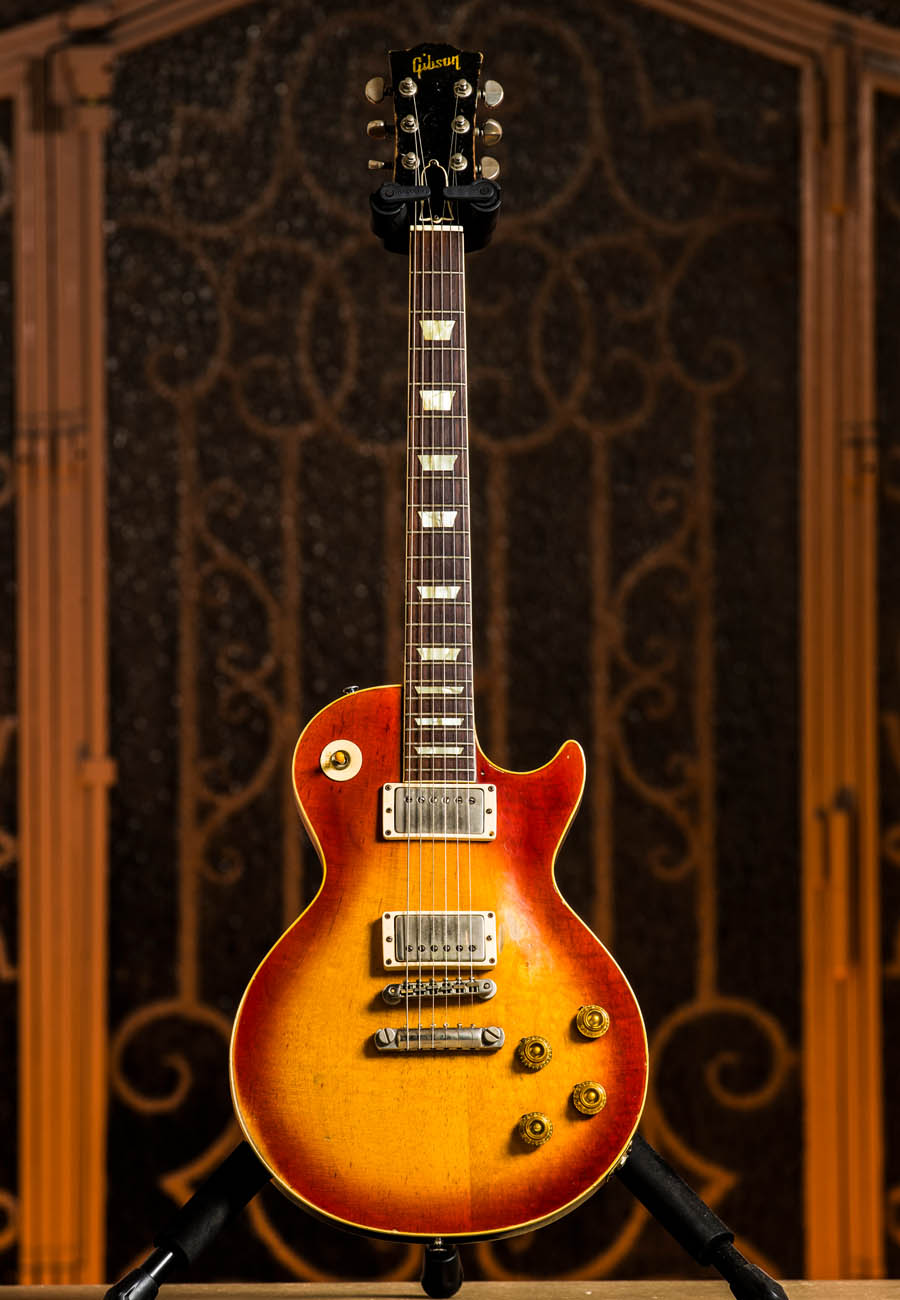
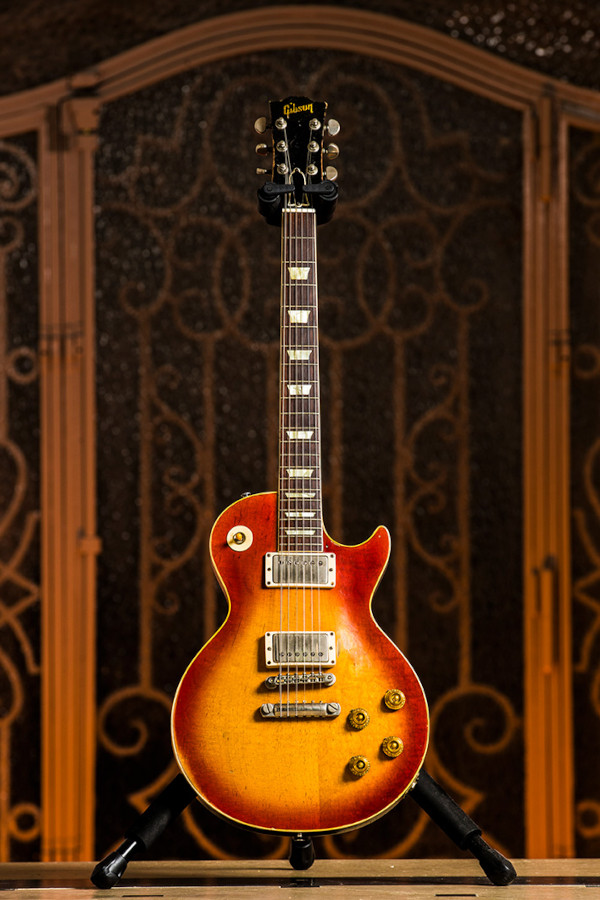
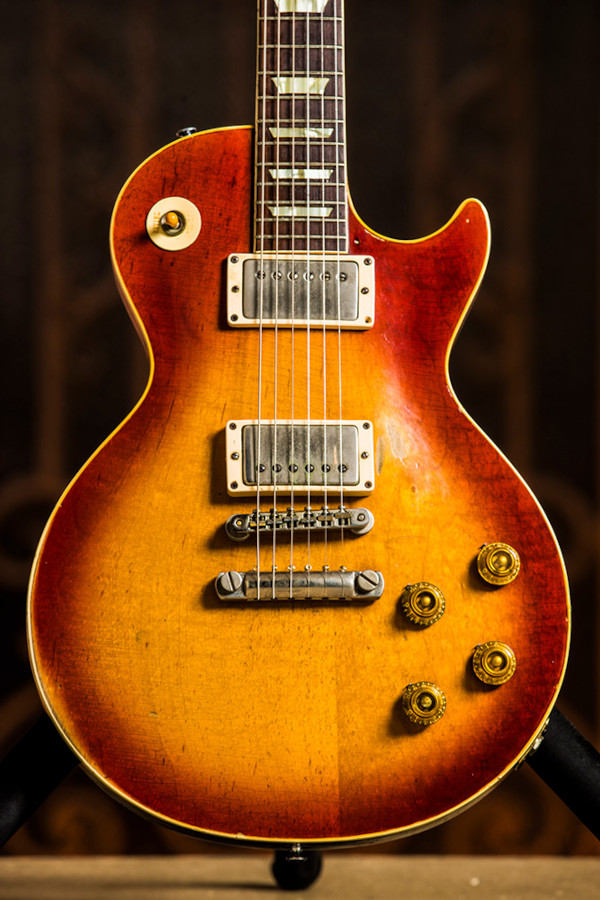

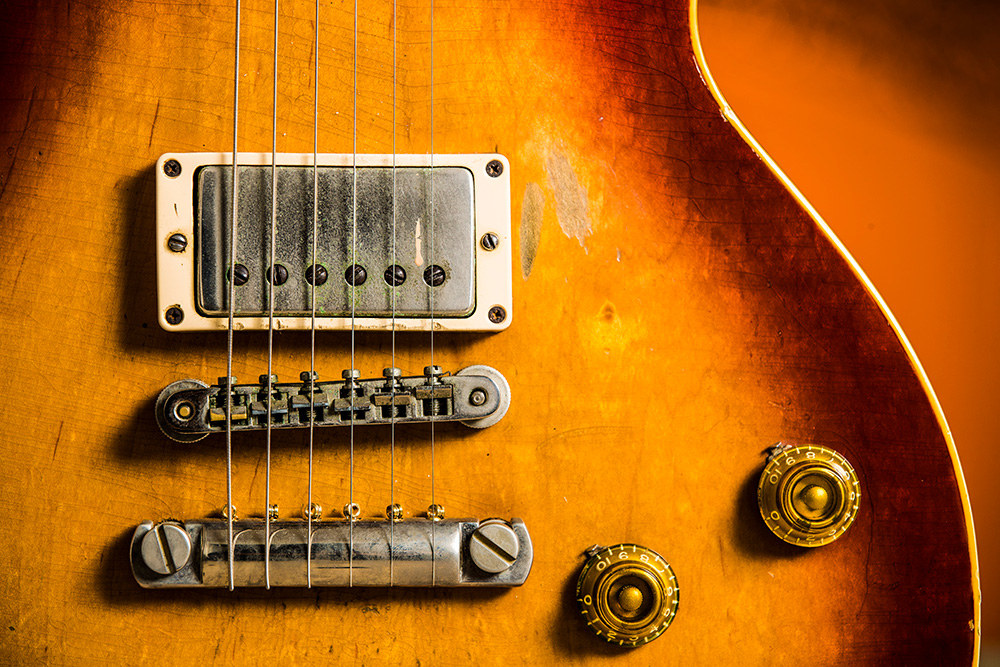
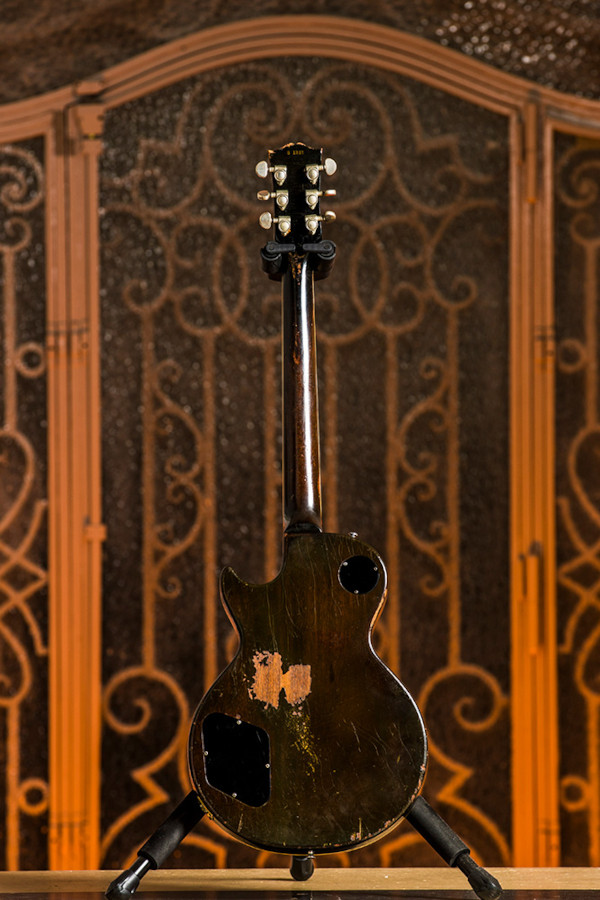
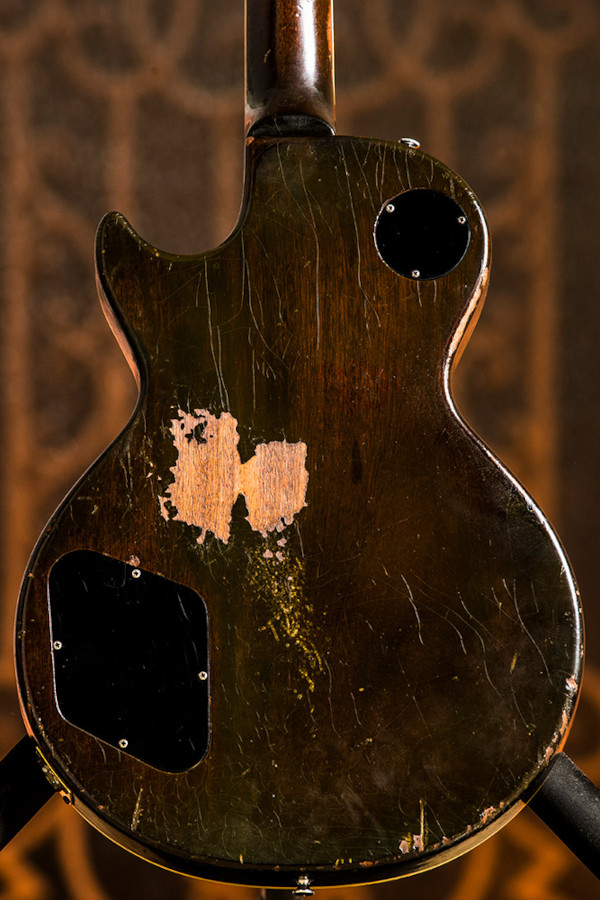
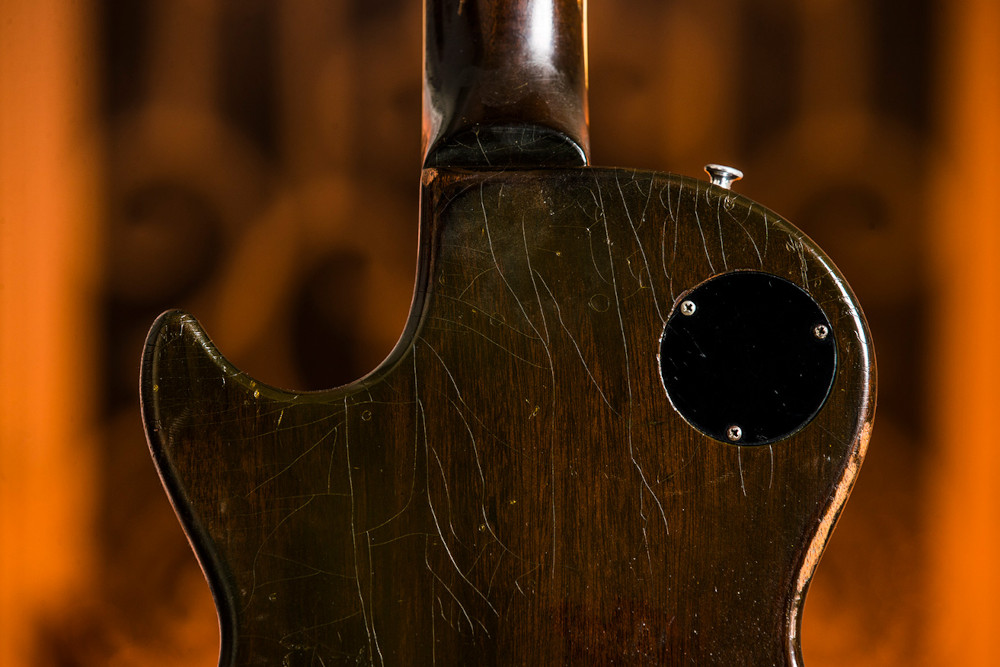
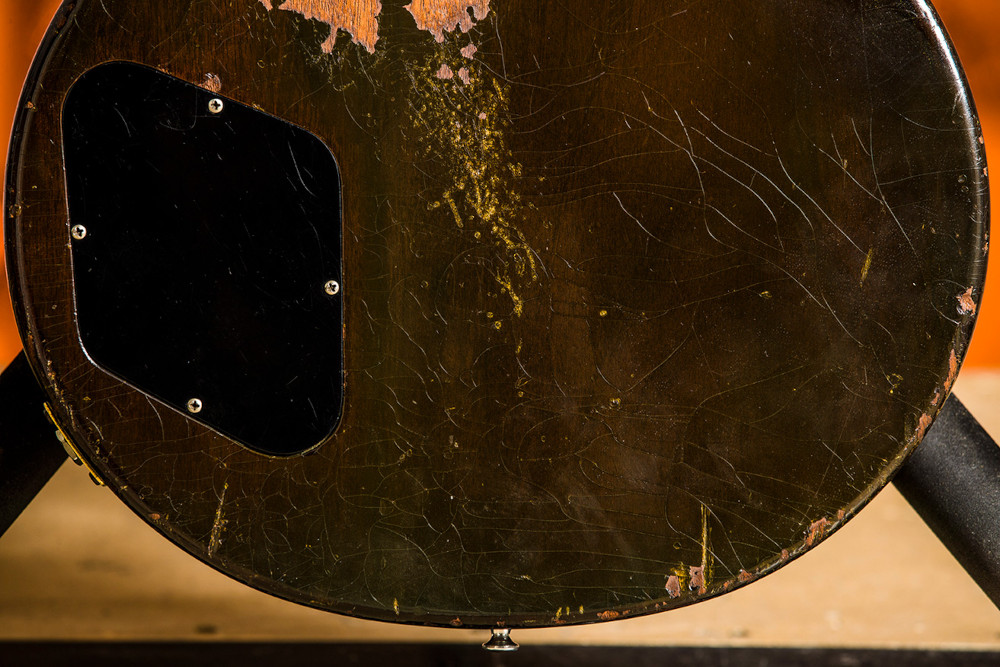
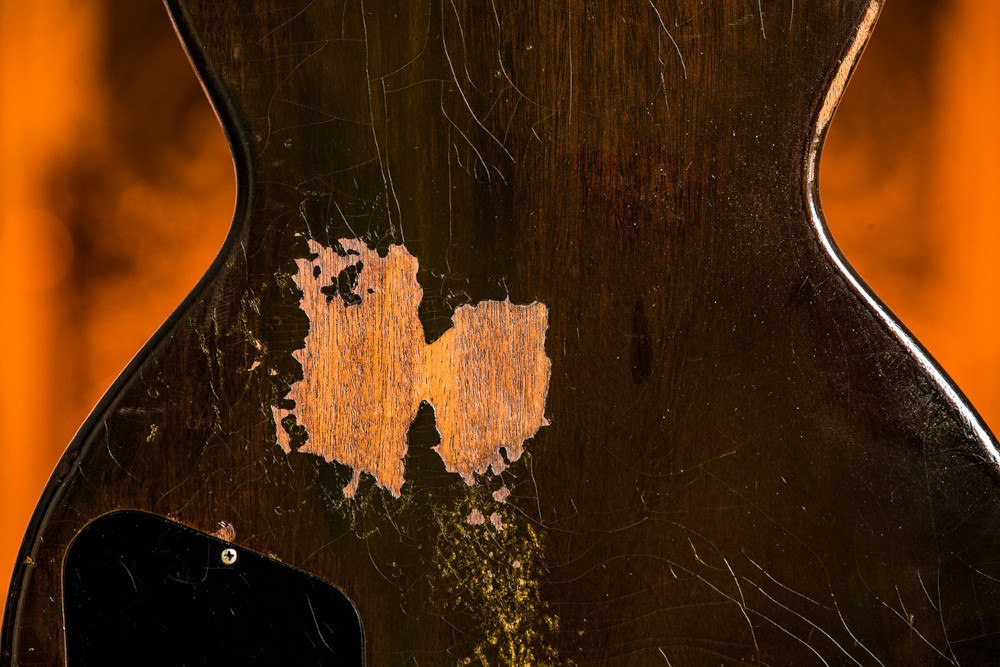
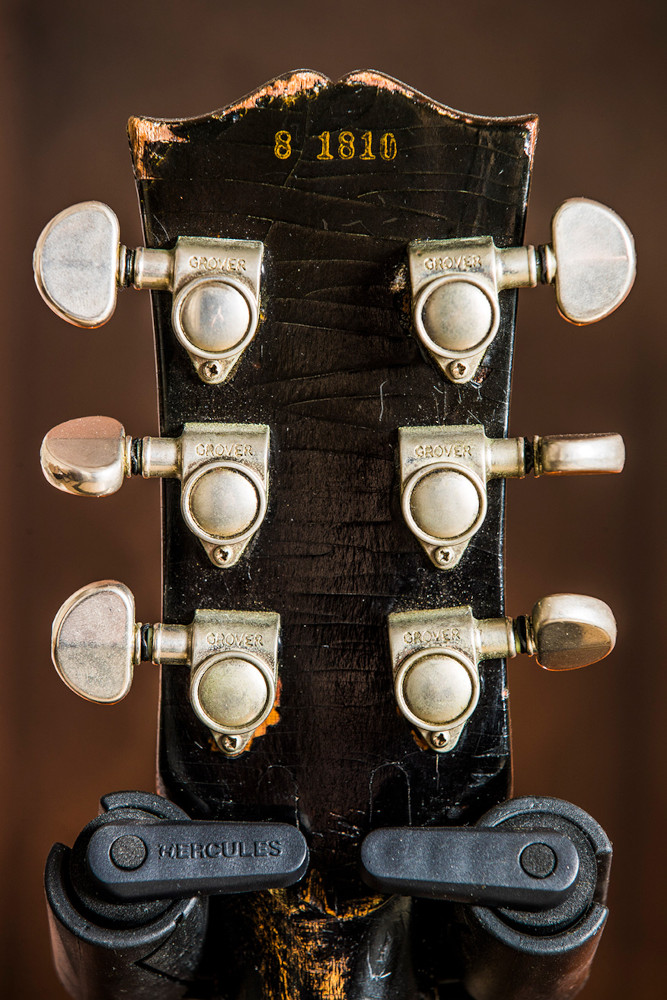
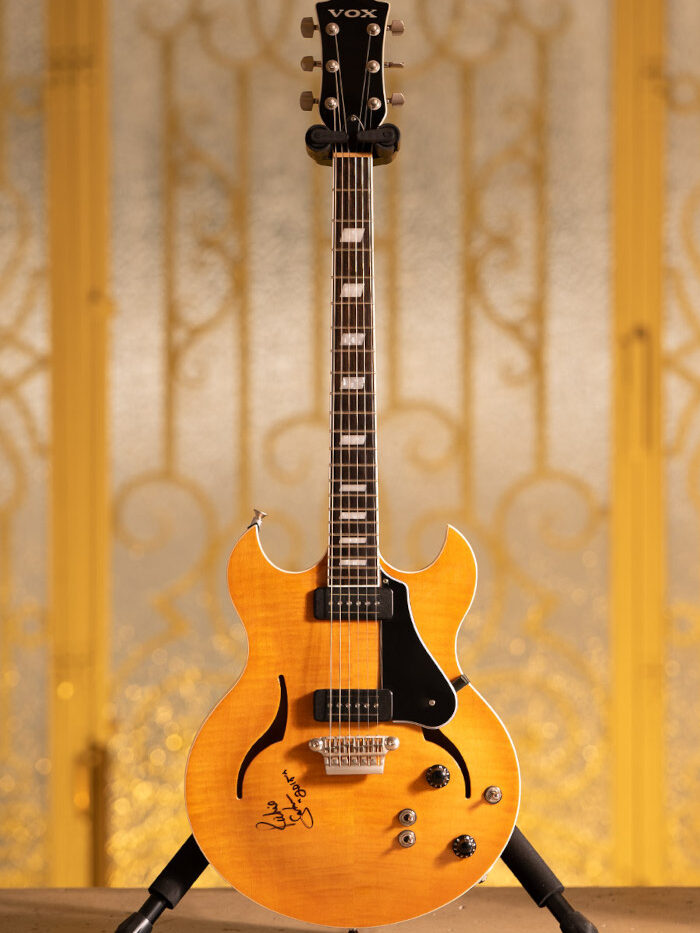
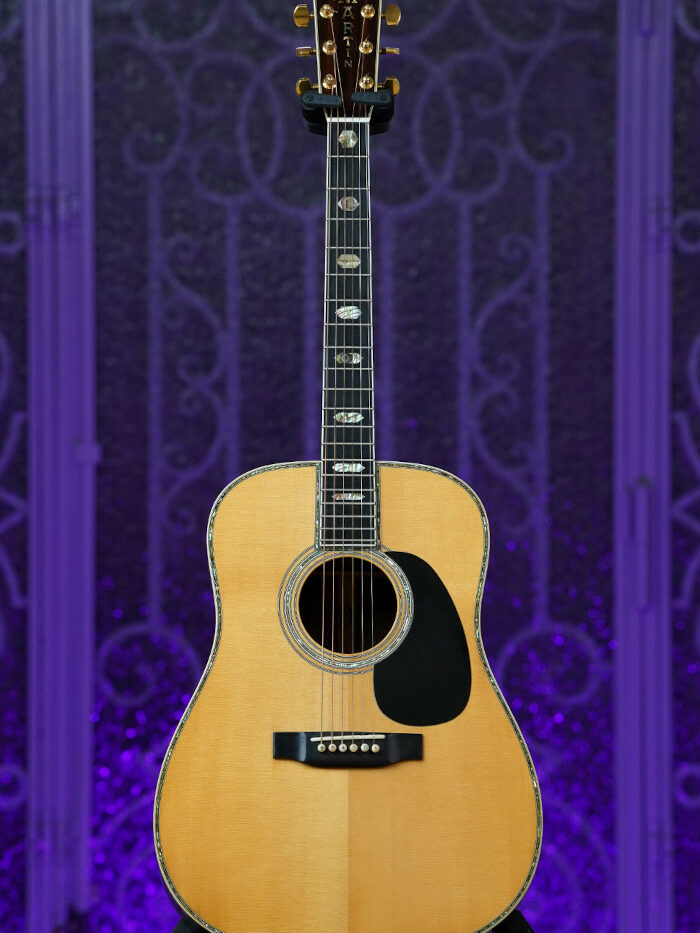
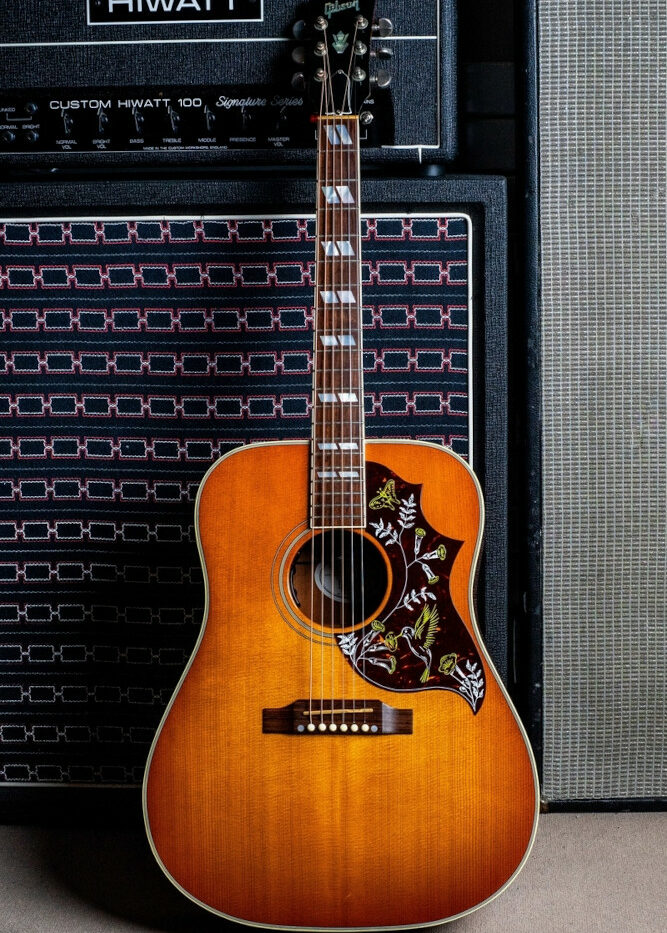
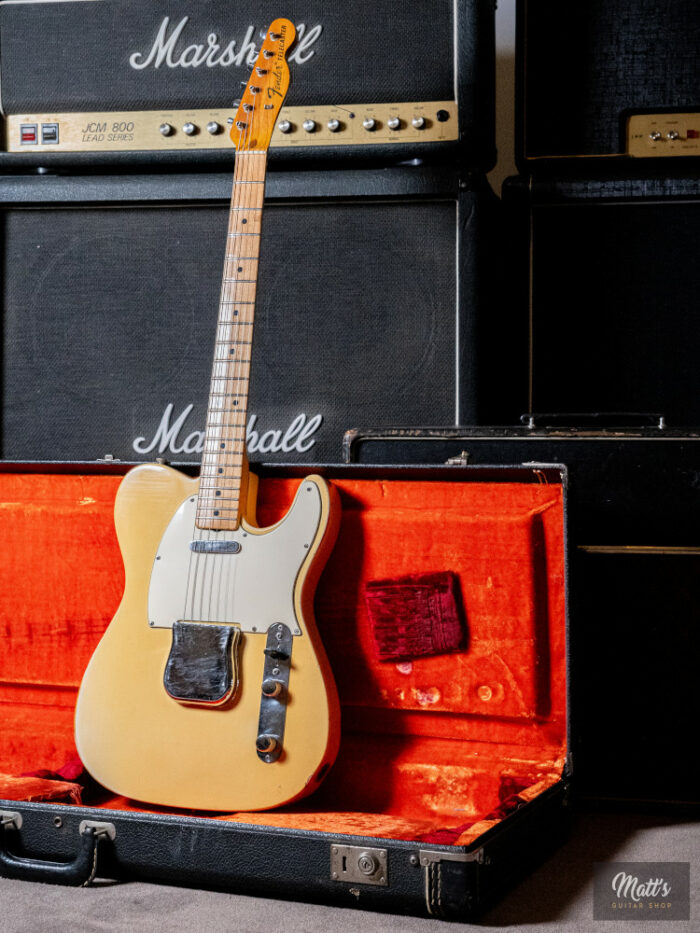
Reviews